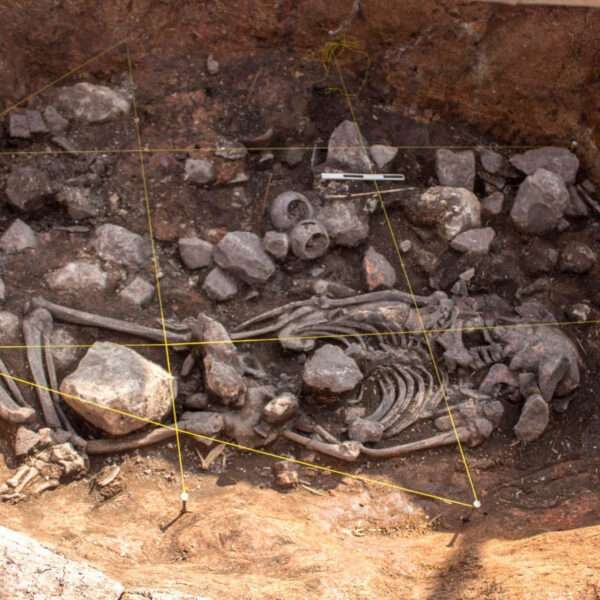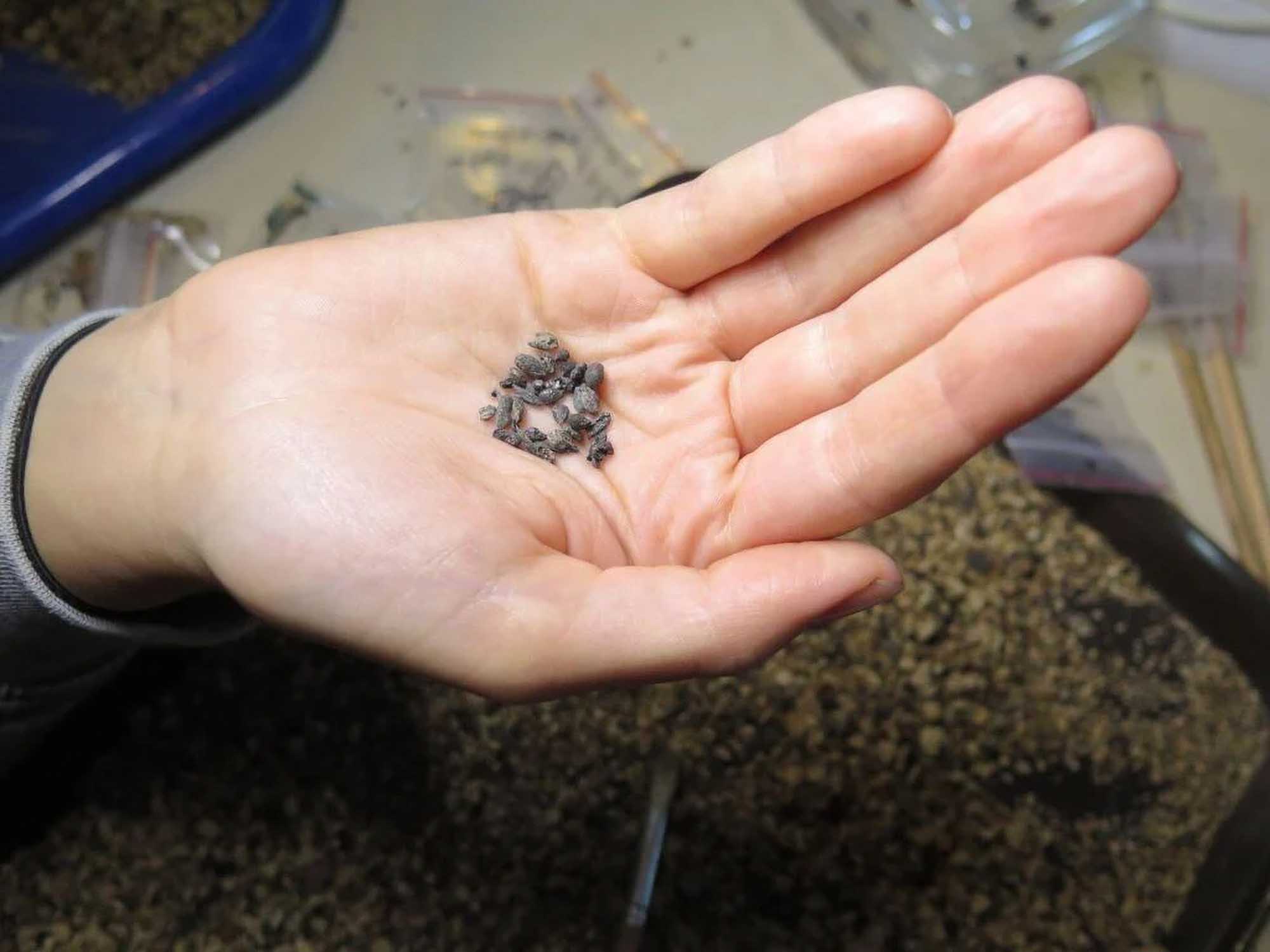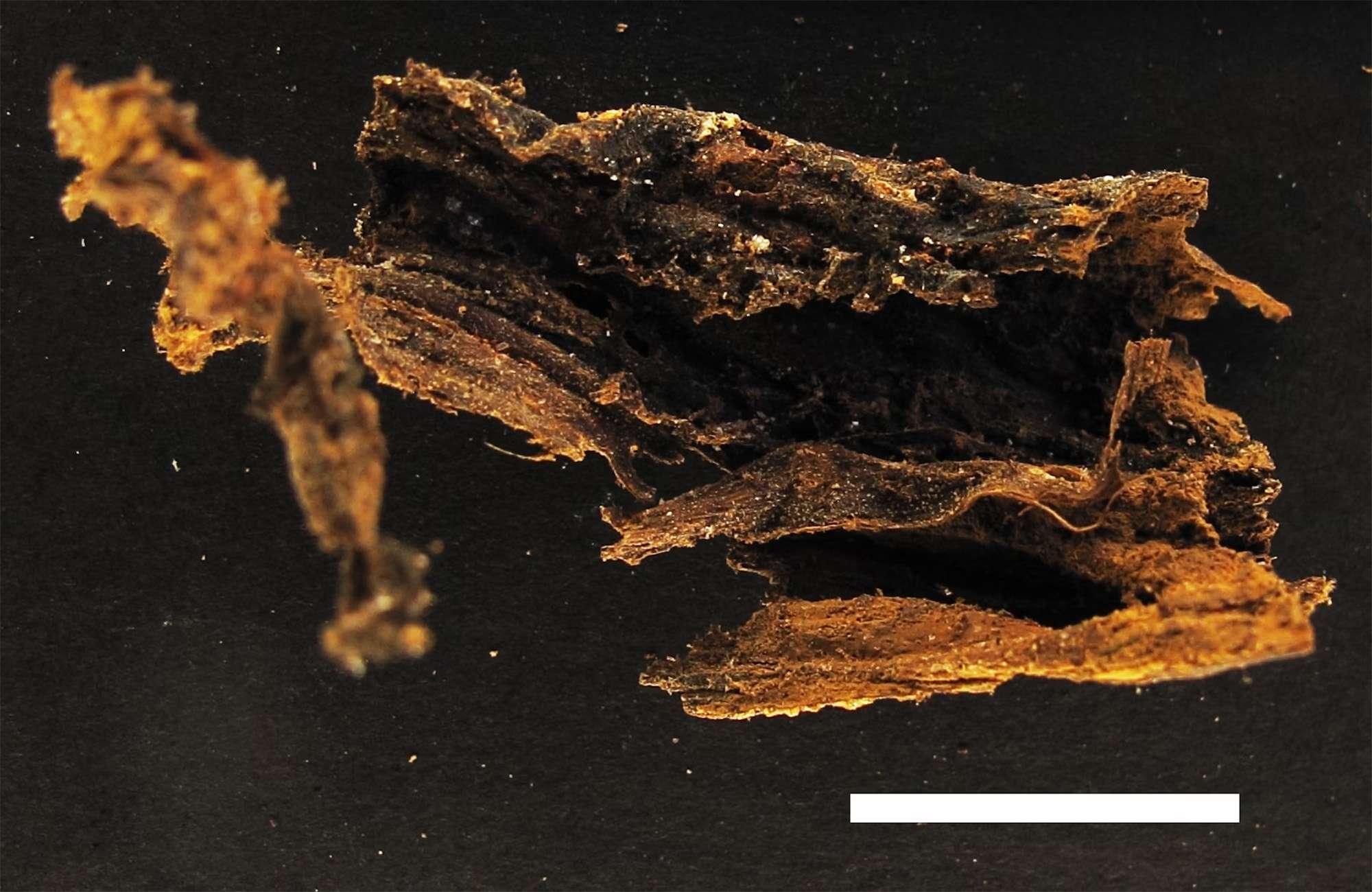A new study has revealed that Man’s ancient Neanderthal ancestors were once child-eating cannibals.
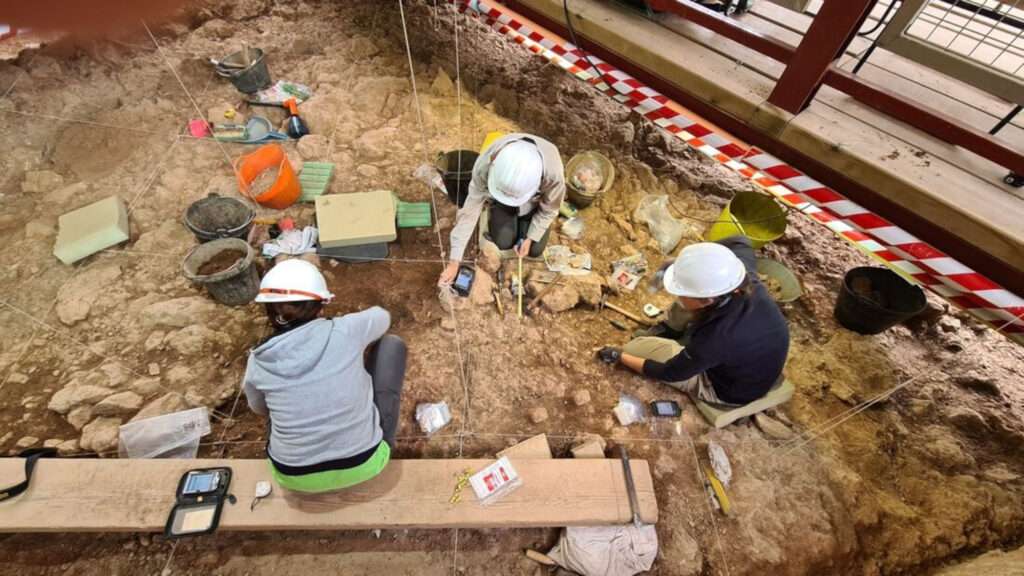
Remains from a community in the Coves del Toll in Moia, in north-eastern Spain’s Catalonia region, show marks caused by cannibalistic activities on fragments of bones from children.
And some of the 52,000-year-old remains were found dumped in a pit where the tribe’s butchers disposed of animal bones and teeth, the study has revealed.
In all, researchers believe they have linked four juvenile victims of Neanderthal cannibalism.
The study was made by IPHES (the Institut Catala de Paleoecologia Humana i Evolucio Social; the Catalan Institute of Human Palaeoecology and Social Evolution).
A statement obtained by Newsflash on 23rd June said: “This morning, the discovery of Neanderthal human remains over 52,000 years old at the Cova de les Teixoneres site in the municipality of Moia, in the region of Moianes, was made public.
“The remains, recovered during archaeological excavation work carried out by IPHES-CERCA, consist of two occipital fragments (back part of the skull) from a juvenile Neanderthal individual.
“The finding is extremely unique as these skull remains correspond to the fourth individual recovered at the site since the first human remains were found in 2016.
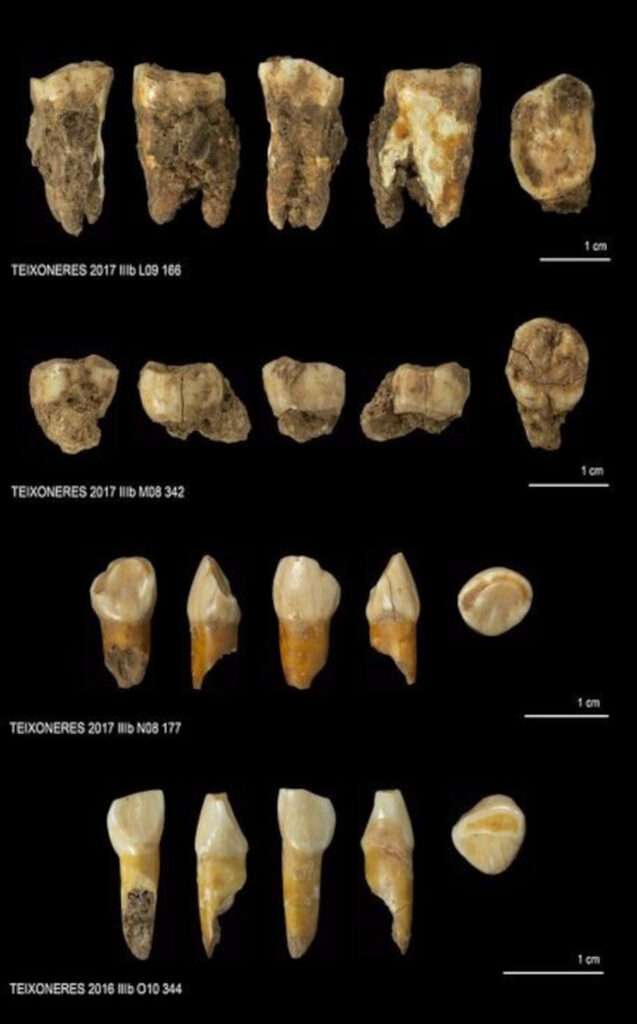
“Furthermore, ongoing studies have identified cut marks on the surface of some of these bones, which have been interpreted as evidence of cannibalistic activities.”
The experts explained that following the discovery of a Neanderthal child’s remains in 2016, more child fragments were found.
The remains are believed to have belonged to a six-year-old child, an 11-year-old child and an elderly individual.
Now, remains from another juvenile have also been found, with the experts saying: “These consist of two fragments from the same developing occipital, already showing well-formed occipitomastoid sutures.
“The physical characteristics of these skull fragments suggest they belong to a juvenile individual, almost adult.”
The statement explained: “According to the studies conducted so far, all of these remains have a chronology slightly older than 52,000 years and were scattered over the same surface at the cave entrance, mixed with the bones and teeth of other animals hunted by these humans.

“Although initially, it was difficult to determine the specific reasons for their presence in the cave, the discovery of cut marks on a clavicle indicates that they were processed by other Neanderthals and most likely consumed by their fellow individuals.”
The statement added: “Although cannibalism does not appear to have been a common phenomenon among these humans, there are some European sites that suggest similar practices, indicating that future discoveries may reveal other similar cases.”




